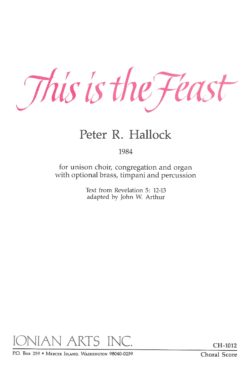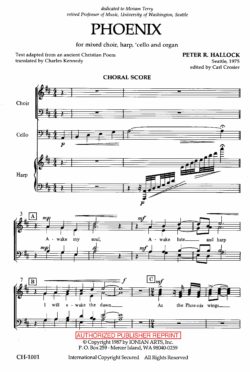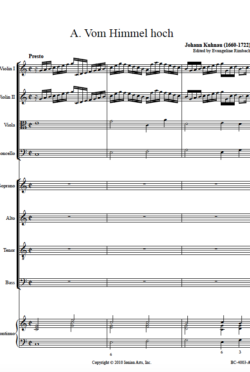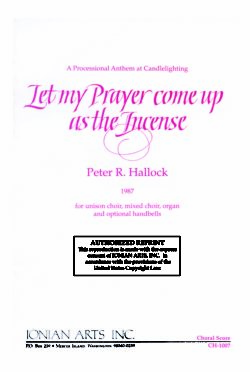Description
The Easter chorale Christ lag in Todesbanden is Martin Luther’s reworking of Christ ist erstanden, which in turn was the German version of the Easter sequence hymn Victimae paschali. The chorale was used by numerous baroque composers for cantatas before and after Bach’s famous Cantata No. 4, including Pachelbel, Schein, Graupner, and others.
An instrumental sonata opens the cantata. It is scored for two cornetts, two violins, two violas, and continuo organ. The cornett parts are noted with the words ad placitum and double the first and second violin parts. Cornett refers to the old German Zink, a wooden instrument of the brass family with a wide conical bore and side holes for thumb and six fingers. The modern C trumpet may be substituted. Please note that in the original, Cornett I/II (ad placitum) are indicated only in Bars 4-65. We have also provided optional parts for them in the Allelujah Chorus [Bars 66-78] and the final choir verse [Bars 145-172] doubling the Violin I/II parts.
Following the sonata is a setting of the first verse of the chorale for sopranos, violins, cornetts and continuo. The chorus which follows departs from the chorale text. The next three numbers are solo strophic arias for soprano, tenor and bass, with instrumental ritornellos after each solo verse. The final chorus is a setting of the fifth verse of the chorale. It should be noted that the chorale Christ lag in Todesbanden actually has seven verses. However, in American hymnals only five verses are given. “So let us feast this Easter day” (So feiern wir das hoh Fest) is actually Verse 6 of the German chorale.
There was an American edition of this cantata which appeared in 1966 edited by Horace Fishback III and published by J. Fischer & Bro. It contained a number of notational errors and German textual errors. These have been corrected in this edition. In this edition the non-chorale texts have been translated by Dr. Madeleine Forell Marshall.
—Evangeline Rimbach





